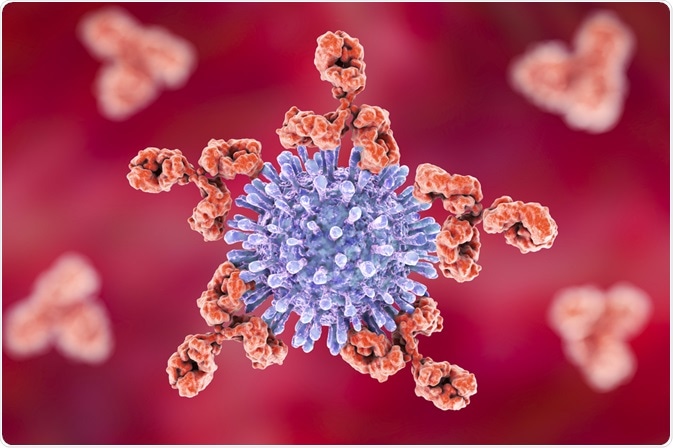Monoclonal antibodies represent identical immunoglobulins that are generated from a single parent immune B cell. Rabbit monoclonal antibody refers to the antibodies developed in rabbits, not mice, that are most often used to produce antibodies.
Why do we need rabbit monoclonal antibodies?
Rabbits offer a unique advantage over mice for monoclonal antibody production as they are capable of producing a wide range of B cells and hence antibody structures. You can also browse www.bosterbio.com/services/custom-rabbit-monoclonal-antibody-development-service to know more about rabbit monoclonal antibodies.
In addition, the rabbit immune system can produce antibodies with 10 to 100 times higher affinity for target antigens than mouse monoclonal antibodies.

Image Source: Google
Reduce background noise
Rabbit antibodies can only recognize one epitope, so the possibility of cross-reactivity with other proteins is low. It has also been observed that rabbit antibodies can bind to target antigens with greater affinity, resulting in a higher signal-to-noise ratio for rabbit antibodies compared to mouse antibodies.
In this way, RabMabs produces a more specific and sensitive image – especially when there is a lot of background noise.
Increased specificity and high affinity
Mouse antibodies are highly specific; However, you cannot see subtle changes in the epitope or different versions of the protein. However, rabbit antibodies are highly specific and even detect cleaved versions of the target protein.
Suitable for immunohistochemistry
As rabbit monoclonal antibodies offer high sensitivity with little loss of specificity, they are an ideal choice for applications such as immunohistochemistry performed on formalin-fixed paraffin-embedded FPPE tissue.
Rabbit antibodies to detect post-translational modifications
Due to the rabbit's separate immune system, they have the ability to develop antibodies even against small epitopes present in small molecules, lipids, and polymers. This allowed them to detect subtle changes that occur with post-translational modifications or single amino acid substitutions.